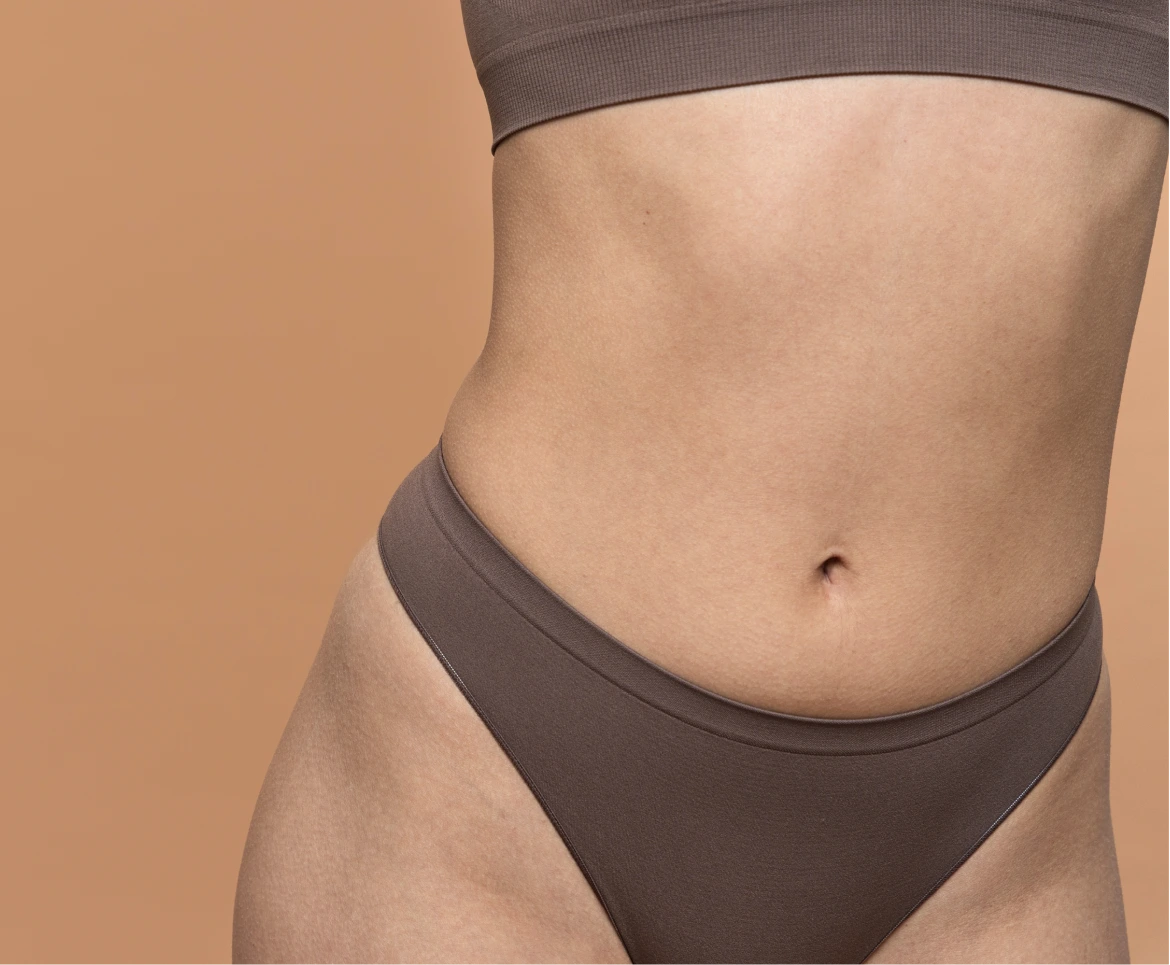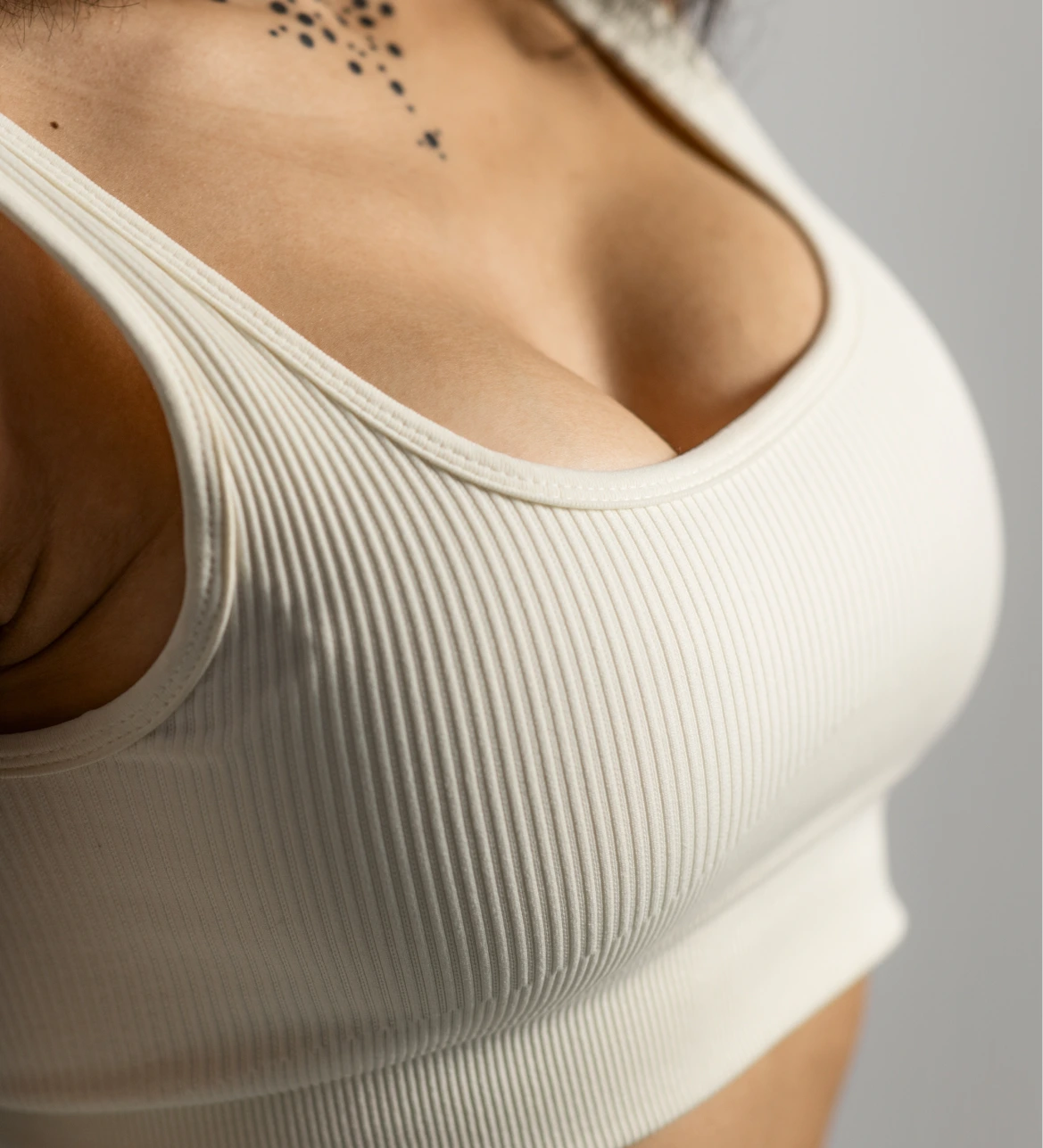

Tummy tuck (abdominoplasty) is a surgical procedure that removes excess skin and fat from the belly area. It is commonly performed on individuals who have undergone massive weight loss and are left with sagging skin that does not respond to diet or exercise. The procedure also addresses loose abdominal muscles, often caused by pregnancy or significant weight fluctuations. On average, a tummy tuck takes about two to three hours, depending on the extent of correction needed. It is typically done under general anesthesia in a surgical setting.
Full Tummy Tuck
Mini Tummy Tuck
Extended Tummy Tuck
An extended tummy tuck is ideal for many patients with excess skin and fat in the abdomen and along the flanks and lower back. This procedure involves a longer incision extending beyond the hips, allowing our surgeon to reshape a broader torso area. It is often performed after massive weight loss or multiple pregnancies, when skin laxity is more extensive. The results can be dramatic, transforming the entire midsection and waistline. Muscle repair and liposuction may also be included for enhanced contouring.
Drainless Tummy Tuck
Types of Tummy Tucks
A full tummy tuck targets the middle and lower abdomen, making it ideal for individuals with excess skin and fat across the entire belly area. This approach typically involves a horizontal incision from hip to hip and repositioning the belly button for a more natural result. Our surgeon also tightens the abdominal muscles, helping to create a flatter and firmer appearance. A full tummy tuck is often recommended for those whose concerns extend beyond the lower belly and include the entire front abdominal wall. The procedure is commonly chosen after pregnancy or significant weight changes.


Thigh Lift
Buttock Lift
Body Lift
Breast Augmentation or Lift
Mommy Makeover
Add-On Procedures





First 24 Hours
Customizing Your Mommy Makeover
Can Multiple Procedures Be Done at Once?
Can Multiple Procedures Be Done at Once?
Can Multiple Procedures Be Done at Once?
Recovery After Tummy Tuck
Schedule your tummy tuck consultation to explore how this transformative procedure can help you achieve a flatter abdomen and renewed confidence.

Many individuals consider a tummy tuck not only for aesthetic reasons but also to address concerns that persist despite exercise and healthy habits. The procedure is often chosen following changes in the abdominal area, such as pregnancy or significant weight loss. When performed by our experienced surgeon, it can offer both cosmetic and health-related improvements.

Fashion design begins with body design